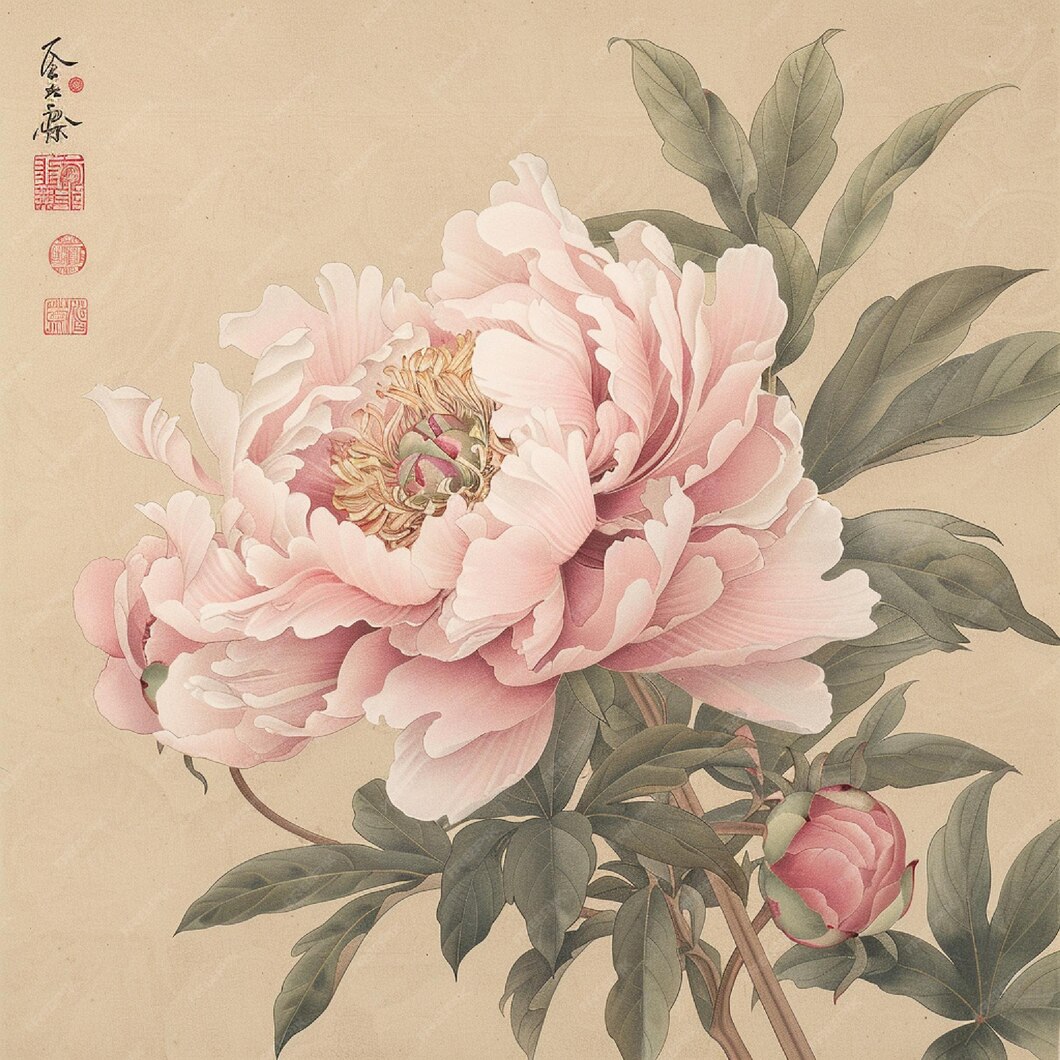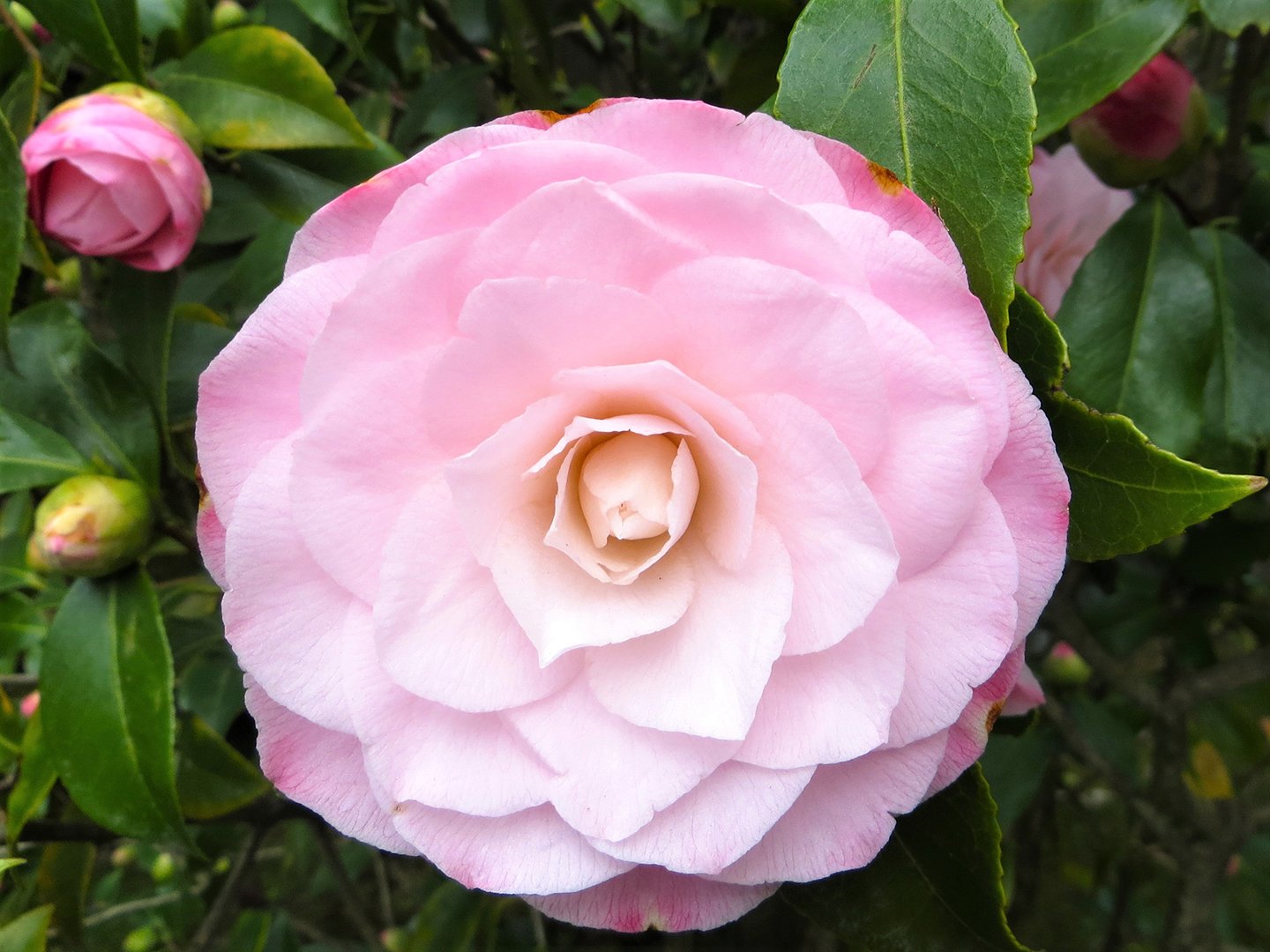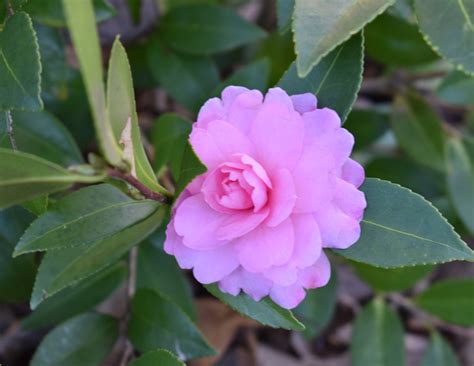The Camellia sasanqua, a variant of the Camellia family, is often overlooked in favor of its more popular counterpart, the Camellia japonica. However, this autumn-blooming evergreen shrub boasts its own unique characteristics and advantages, making it a worthy addition to any garden or landscape. Native to Japan and China, the Camellia sasanqua has been cultivated for centuries, with a history dating back to the 16th century. It was initially valued for its beautiful flowers, but its uses have since expanded to include ornamental purposes, herbal remedies, and even as a source of oil.
One of the most significant advantages of the Camellia sasanqua is its ability to thrive in a variety of conditions. While it prefers well-drained, acidic soil and partial shade, it can tolerate full sun and a range of soil pH levels. This adaptability makes it an ideal choice for gardeners who want a low-maintenance yet visually striking plant. The Camellia sasanqua is also relatively pest- and disease-free, although it may be susceptible to root rot if the soil is too moist.
Historical Significance and Cultural Impact
The Camellia sasanqua has played a significant role in Japanese culture, particularly in the traditional Japanese tea ceremony. The plant’s beautiful flowers and dark green leaves are often used in floral arrangements and as a symbol of longevity and fidelity. In China, the Camellia sasanqua is also revered for its medicinal properties, with the seeds being used to produce a type of oil that is rich in antioxidants and has anti-inflammatory properties.
Unique Characteristics and Advantages
Several features distinguish the Camellia sasanqua from other Camellia species. Firstly, its flowers are generally smaller and more delicate, with a more subtle fragrance. They bloom in the fall, from September to November, providing a welcome splash of color during a time when many other plants are dormant. The leaves of the Camellia sasanqua are also narrower and more pointed than those of the Camellia japonica, giving the plant a more refined appearance.
The Camellia sasanqua is a versatile plant that can be used in a variety of ways, from hedges and topiaries to container gardens and floral arrangements. Its ability to thrive in different conditions and its beautiful, delicate flowers make it a valuable addition to any landscape or garden.
Practical Applications and Uses
Beyond its ornamental value, the Camellia sasanqua has several practical applications. The oil extracted from its seeds is used in cosmetics and pharmaceuticals due to its high antioxidant content and potential health benefits. The plant is also used in traditional medicine, particularly in China, where it is valued for its anti-inflammatory and antimicrobial properties.
Cultivation and Care
Cultivating the Camellia sasanqua requires attention to its specific needs. It prefers slightly acidic soil with a pH between 6.0 and 6.5 and consistent moisture, although it can tolerate some drought. Fertilization should be done sparingly, as the plant can be sensitive to excessive nutrients. Pruning is necessary to maintain shape and encourage blooming, with the best time being immediately after flowering.
Comparison with Other Camellia Species
While the Camellia sasanqua shares many characteristics with other Camellia species, such as the Camellia japonica, it has distinct advantages. Its autumn blooming period extends the flowering season in gardens, providing color when other plants are not in bloom. Additionally, its smaller size and more compact growth make it suitable for smaller gardens or container cultivation, where space is limited.
| Characteristic | Camellia Sasanqua | Camellia Japonica |
|---|---|---|
| Blooming Period | Autumn (September to November) | Late winter to early spring (February to May) |
| Flower Size | Smaller, more delicate | Larger, more showy |
| Growth Habit | Compact, upright | Spreading, can be leggy |

Future Trends and Developments
As gardening trends move towards sustainability and low-maintenance plants, the Camellia sasanqua is likely to gain more popularity. Its adaptability, durability, and beautiful flowers make it an attractive choice for gardeners looking for plants that are both aesthetically pleasing and environmentally friendly. Moreover, research into the medicinal properties of the Camellia sasanqua and its oil may uncover new uses and applications, further increasing its value.
Planting and Caring for Your Camellia Sasanqua

- Choose a location with partial shade and well-drained, acidic soil.
- Plant your Camellia sasanqua in the early spring or fall, avoiding the hottest summer months.
- Water regularly, keeping the soil consistently moist but not waterlogged.
- Fertilize lightly, as excessive nutrients can harm the plant.
- Prune immediately after flowering to maintain shape and encourage new blooms.
Conclusion
The Camellia sasanqua, with its delicate flowers, compact growth, and autumn blooming, offers a unique set of advantages for gardeners and landscapes. Its historical significance, cultural impact, and practical uses further enhance its value, making it a versatile and appealing choice. As interest in sustainable and low-maintenance gardening grows, the Camellia sasanqua is poised to become an increasingly popular addition to gardens around the world.
What are the ideal growing conditions for the Camellia sasanqua?
+The Camellia sasanqua prefers well-drained, acidic soil with a pH between 6.0 and 6.5. It thrives in partial shade but can tolerate full sun. Consistent moisture is necessary, although it can survive with minimal watering once established.
How does the Camellia sasanqua compare to the Camellia japonica in terms of blooming period?
+The Camellia sasanqua blooms in the autumn, from September to November, whereas the Camellia japonica blooms in the late winter to early spring, from February to May. This difference extends the flowering season in gardens that include both species.
What are some practical uses of the Camellia sasanqua beyond ornamentation?
+Beyond its ornamental value, the Camellia sasanqua is used for its oil, which is extracted from its seeds and valued for its high antioxidant content and potential health benefits. It is also used in traditional medicine for its anti-inflammatory and antimicrobial properties.


